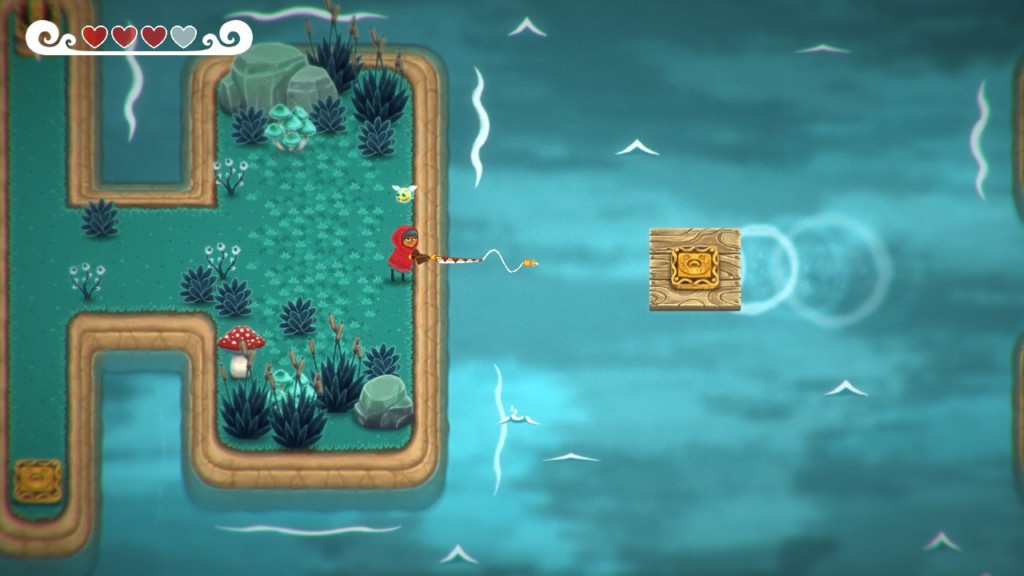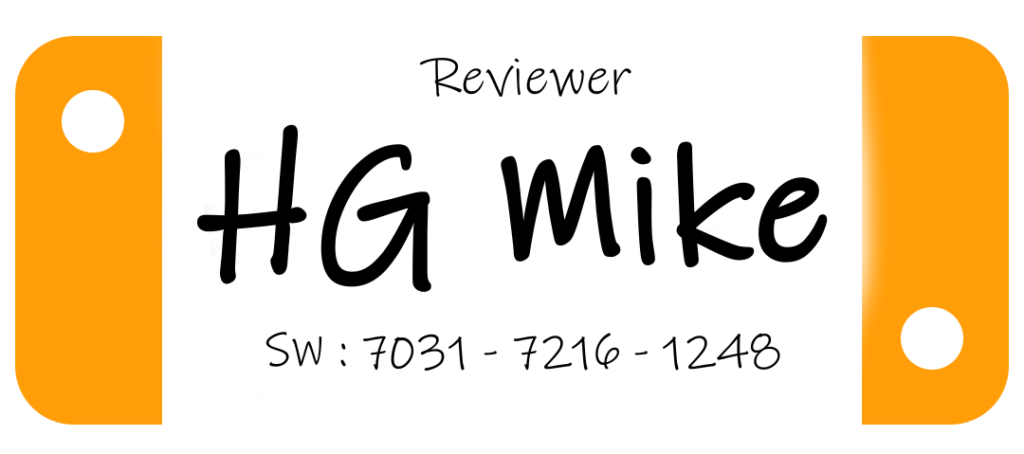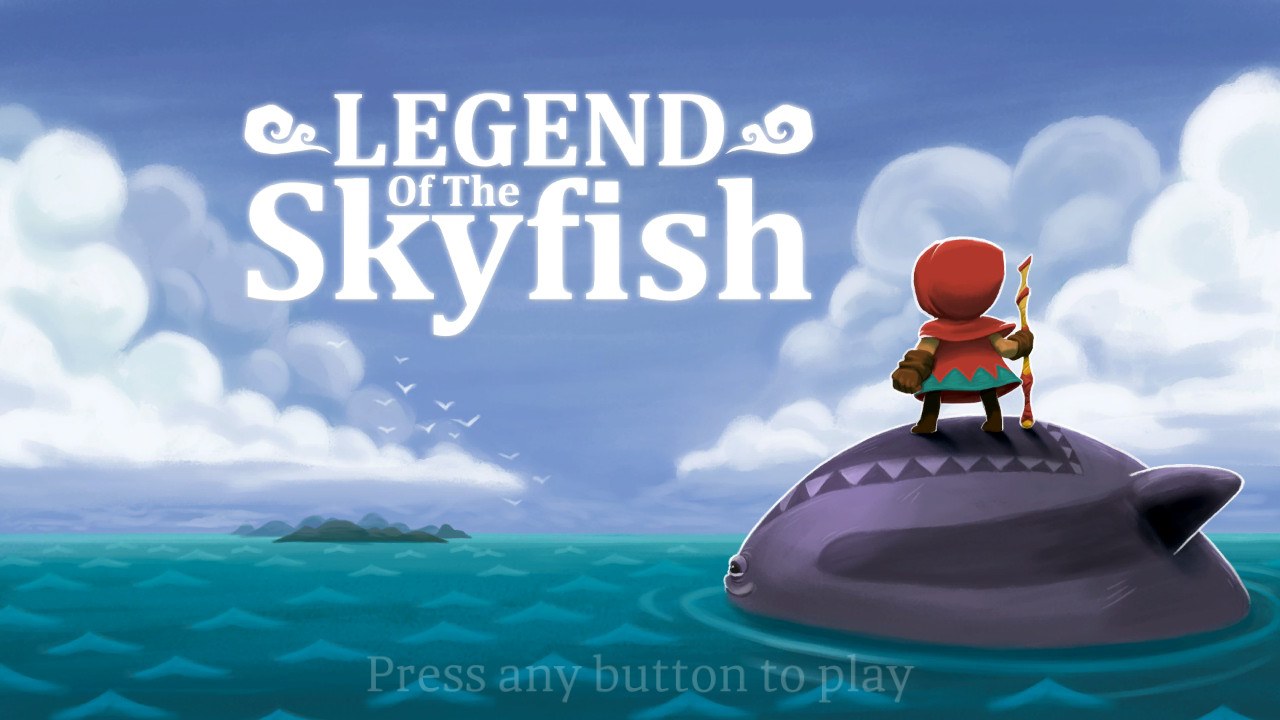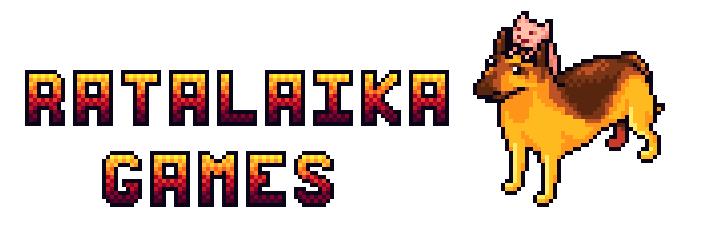[Review] Legend of the Skyfish – Nintendo Switch
Legend of the Skyfish
Nintendo Switch
Developed By : Mgaia Studio
Published By : Ratalaika Games
Category : Adventure, Puzzle
Release Date : Aug 30, 2019
For as long as the game has been out, everyone has become quite familiar with the term Zelda-clone, and the impact the original game has had on inspiring so many other titles in the now three decades since it’s release. Whether it’s been mimicked for it’s art style, open-worldiness (yup, making that a word), or some of it’s core gameplay mechanics, LotZ has made a footprint on the gaming industry that has spawned hundreds, if not thousands, of it’s own footprints. Legend of the Skyfish on the Nintendo Switch is the latest of those footprints, and the inspirations are easy to see almost immediately.
The story takes us to Fishermen’s Town, and it’s presence over the deep sea. As one would expect by such a name, the town made itself comfortable and famous for it’s ties to fishing in it’s own deep waters. Eventually, though, the fishermen got greedy, and on their quest to reach new depths for new fortunes, they touched upon an evil that had laid untouched under the waters for a very long time. The Lord of the Deep Seas, Skyfish, was enraged by this and invaded the upper world, turning men, women and children into slaves, including our main character who was pitched overboard and sent to drown in the waters. Before his fate was determined, the legendary Moonwhale saved him and together, our hopeful hero and the Moonwhale set out to restore peace to Fishermen’s Town.
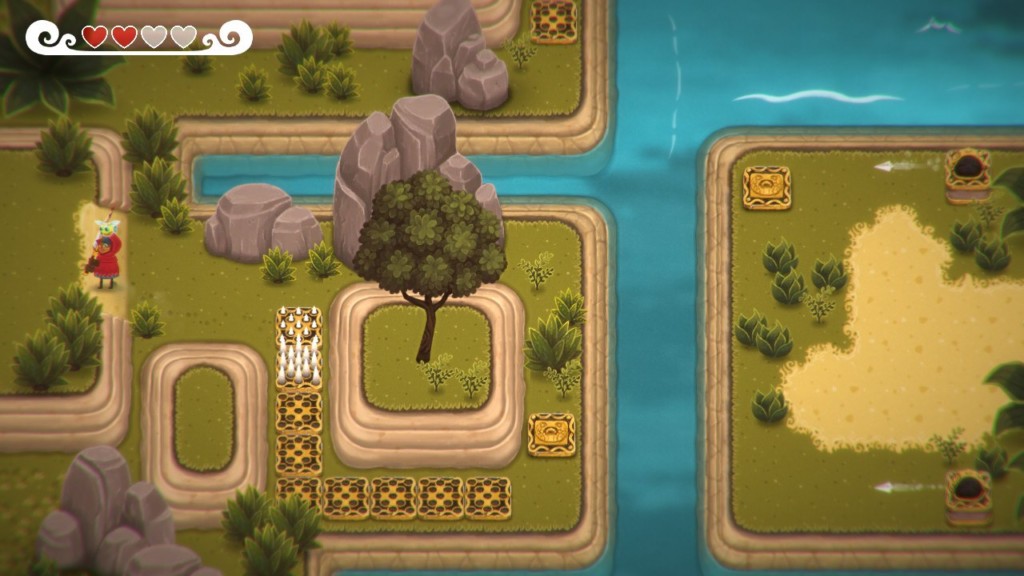
Crazy as it may sound, the only thing you’ll need to save your town, is a simple little fishing rod. This rod will be vital to not only solving all the puzzles you’ll encounter, but combatting the enemies you’ll face as well. And while you won’t pick up anything else for a weapon in the entirety of the game, it can be broken down into it’s components for which upgrades can be found. You’ll be able to swap out the rod itself, the line, and the lure, all for different effects such as sending out a force-wave on your attack that travels further.
Each level is a very linear puzzle, with some having a heavier focus on combat against enemies, and others focus more on navigation and puzzle solving. The puzzles themselves are extremely simple, and predominantly revolve around finding the right switches to press. Your progress on each level, which all take place on a self-contained island, is generally only going to be hindered by gates here and there. Some gates need a switch to be pressed, some need multiple switches, and even other gates are locked until all enemies in the area are eliminated.
At the end of every level is a statue that needs to be destroyed, usually going down within a few hits. There are a series of these levels that comprise each of the three worlds, and each world ends in a big, hunking boss fight. These boss fights are more fun than they are frustrating, but if you don’t pay attention to what’s going on you’ll surely pay for it. Your character comes with a base of four hearts for health, and each hit you take removes one heart. There are heart containers scattered around though that will replenish you back to full, so you almost always have some room to work with on hits that you can take.
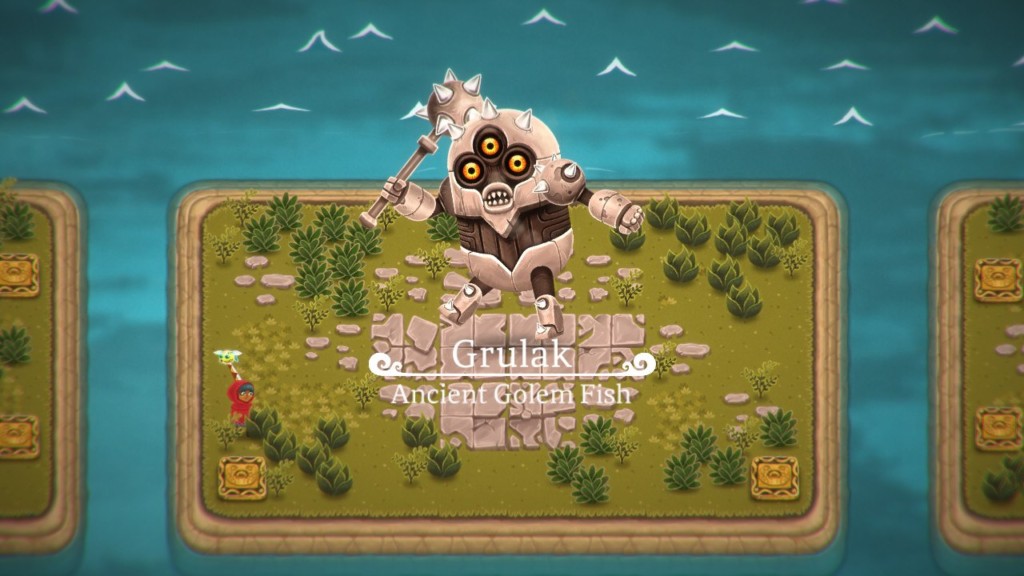
I found Legend of the Skyfish to be a really beautiful game with it’s visual style and it’s music. It was a game that was very easy to fall into and be pleased with everything I was seeing and hearing. However, the rest of the game was far too simple of an execution to really fall in love with.
The combat was extremely easy, since enemies tended to go down in one or two hits. You could even cast your line out to hook an enemy and pull them back to you, which was fun and an easy-cheesy way to cut off a projectile in mid-air. Yes, hooking an enemy would stop their shot. As for the puzzles, switches were very easy to find, and never complicated on how to get to them if it wasn’t already placed in your path.
All of this adds up to a game that pushes it’s story forward more than it’s mechanics, but other than the opening and ending, you don’t really get any sort of story furthering while you play. You yourself are the vessel that moves the story forward, without a single image or text box along the way. So if really simple and easy-to-tackle mechanics are your jam, you’ll enjoy this game a lot. However, if you’re looking for a more in-depth fulfillment of the “Zelda-clone” title, this may not be the best place to look. It has it’s advantages, but it has it’s shortcomings too. Either way, it’s a game that’s easy on the wallet.
